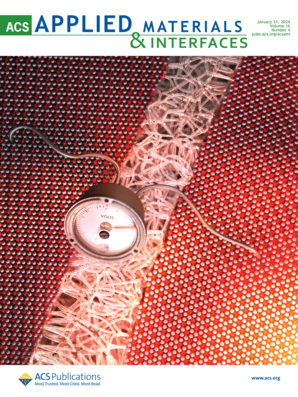The Science of Creating Brand Associations: A Continuous Trinity Model Linking Brand Associations to Learning Processes
IF 8.2
2区 材料科学
Q1 MATERIALS SCIENCE, MULTIDISCIPLINARY
引用次数: 4
Abstract
The continuous trinity model (CTM) of brand associations integrates 50 years of consumer learning research with recent conceptualizations of consciousness. Three types of brand associations are proposed at the representational level (expectations, meaning, and affect), corresponding to three types of learning at the process level (predictive learning, referential learning, and direct affect transfer). A core proposition derived from research on automaticity holds that the operating conditions of the learning processes vary on a continuum from mostly System 2 for predictive learning to mostly System 1 for direct affect transfer, with referential learning as a mix of the two. The CTM aims to bring clarity and structure to a complex literature by highlighting the web of interrelations between operating principles (“what” brand associations are learned), operating processes (“how” brand associations are learned), and operating conditions (“when” brand associations are learned). For consumer and learning researchers, the CTM outlines an agenda for future research and guidelines to improve conceptual and methodological clarity. For brand managers, the CTM provides tactical recommendations (a “toolkit”) for structuring advertising campaigns to create desired brand associations and strategic recommendations for managing brand partnerships. For policymakers, the CTM offers guidance on types of advertisements requiring closer scrutiny.创建品牌联想的科学:将品牌联想与学习过程联系起来的三位一体连续模型
品牌联想的连续三位一体模型(CTM)整合了50年来的消费者学习研究和最新的意识概念。该模型在表征层面上提出了三种品牌联想类型(期望、意义和情感),在过程层面上对应于三种学习类型(预测学习、参照学习和直接情感转移)。从自动性研究中得出的一个核心命题认为,学习过程的运行条件在一个连续统一体中各不相同,从预测性学习主要是系统 2,到直接情感转移主要是系统 1,而参照学习则是两者的混合体。CTM旨在通过强调操作原则("学习什么 "品牌联想)、操作过程("如何 "学习品牌联想)和操作条件("何时 "学习品牌联想)之间的相互关系网,使复杂的文献更加清晰和结构化。对于消费者和学习研究人员来说,CTM 为未来研究勾勒了一个议程,并为提高概念和方法的清晰度提供了指导。对于品牌管理者,CTM 提供了构建广告活动以创建理想品牌联想的战术建议("工具包"),以及管理品牌合作关系的战略建议。对于政策制定者,CTM 就需要更严格审查的广告类型提供了指导。
本文章由计算机程序翻译,如有差异,请以英文原文为准。
求助全文
约1分钟内获得全文
求助全文
来源期刊

ACS Applied Materials & Interfaces
工程技术-材料科学:综合
CiteScore
16.00
自引率
6.30%
发文量
4978
审稿时长
1.8 months
期刊介绍:
ACS Applied Materials & Interfaces is a leading interdisciplinary journal that brings together chemists, engineers, physicists, and biologists to explore the development and utilization of newly-discovered materials and interfacial processes for specific applications. Our journal has experienced remarkable growth since its establishment in 2009, both in terms of the number of articles published and the impact of the research showcased. We are proud to foster a truly global community, with the majority of published articles originating from outside the United States, reflecting the rapid growth of applied research worldwide.
 求助内容:
求助内容: 应助结果提醒方式:
应助结果提醒方式:


